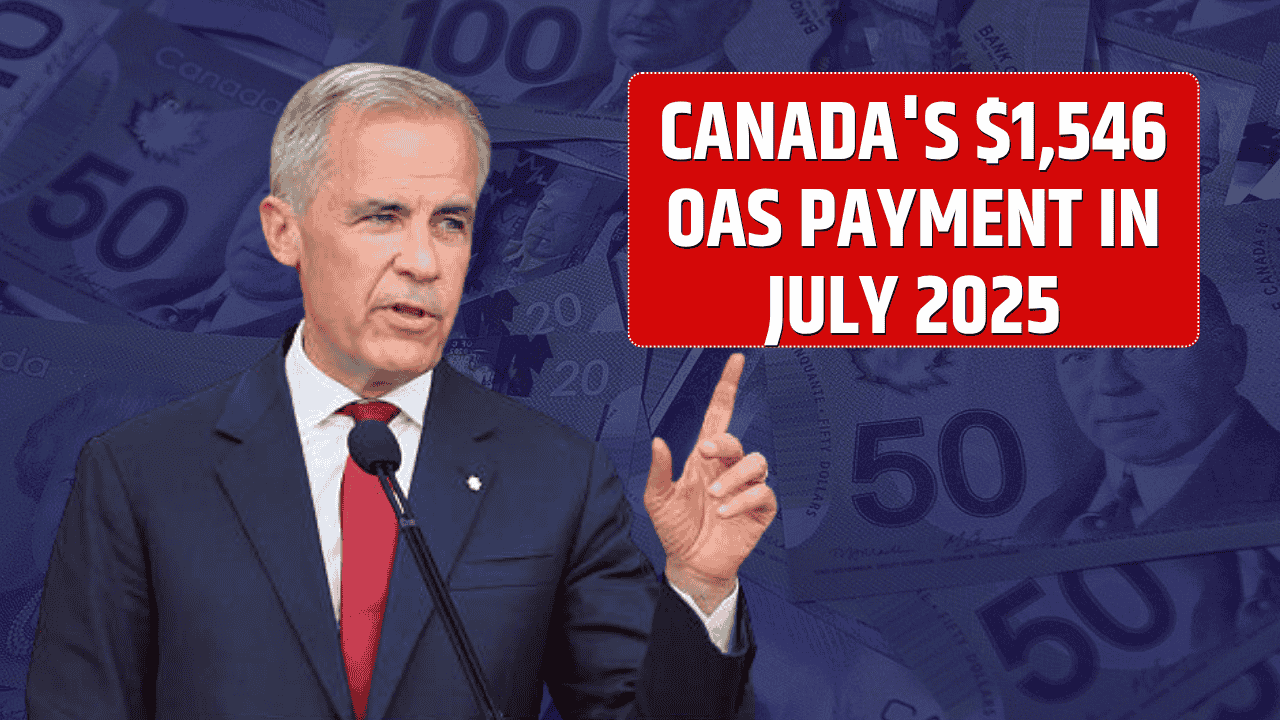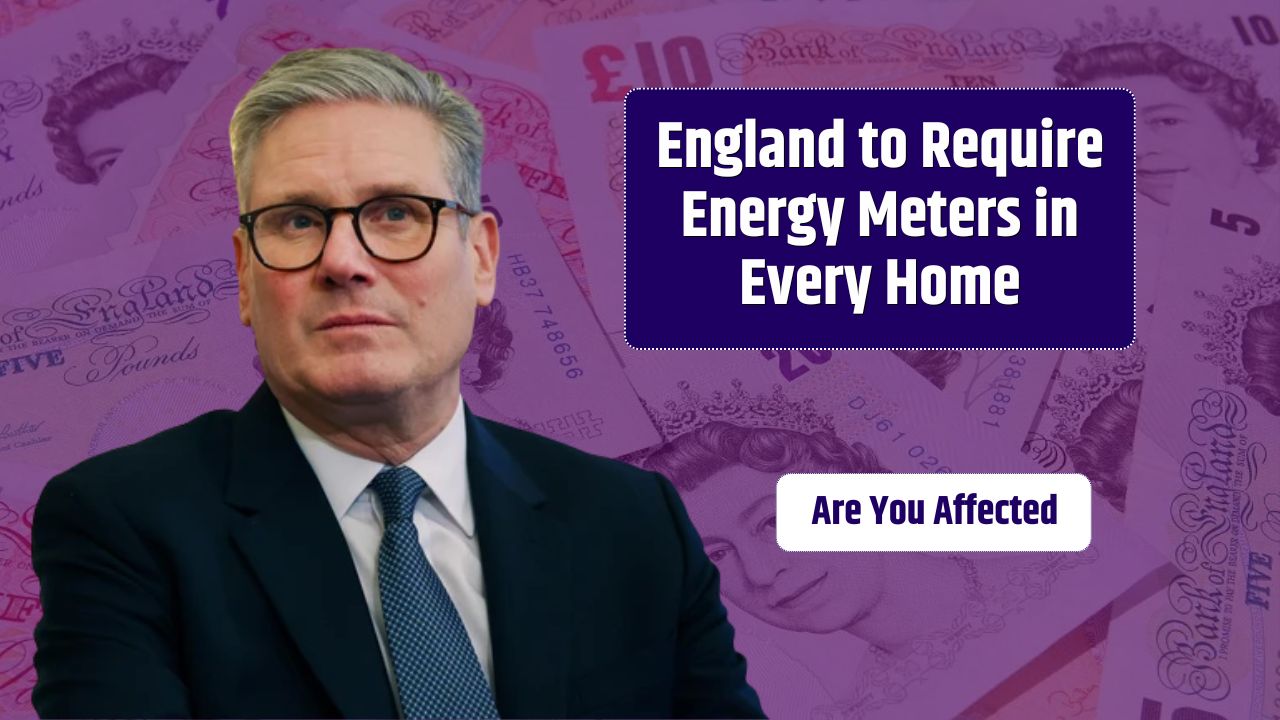In 2025, public trust in government institutions remains fragile, and expectations for transparency are higher than ever. With growing concerns over income inequality, climate change, healthcare access, and technological disruption, citizens are demanding not just action—but accountability. Public program accountability ensures that taxpayer-funded initiatives deliver meaningful results, operate efficiently, and remain aligned with the public good.
When accountability is strong, government programs gain legitimacy, communities benefit from better services, and policymakers can make smarter, evidence-based decisions. In short, accountability is the backbone of an effective, trustworthy democracy.
Table of Contents
What Is Public Program Accountability?
Public program accountability refers to the systems and practices that track, assess, and report the performance of government-funded initiatives. It answers key questions such as:
- Is the program achieving its goals?
- Are public funds being used responsibly?
- Are policies being implemented fairly and transparently?
- Is there a process for correcting course when problems arise?
Accountability mechanisms include performance audits, program evaluations, public dashboards, legislative oversight, and independent watchdog reviews.
Why Accountability Matters More in 2025
Increased Public Scrutiny
With the rise of social media and open data, citizens now have greater access to information—and higher expectations. People want to see where their tax dollars are going and whether those investments are making a difference.
Greater Complexity in Government Programs
From pandemic response and AI regulation to climate adaptation and housing subsidies, today’s public programs often span multiple agencies and jurisdictions. Without strong accountability, these complex efforts risk duplication, inefficiency, or failure.
Rising Demand for Equity
Accountability also ensures that programs address systemic inequities. For example, tracking outcomes by race, income, or geography can reveal disparities in service delivery—and push agencies to close those gaps.
Pressure on Public Budgets
With growing national debt and strained state budgets, governments must prioritize programs that demonstrate clear, measurable value. Accountability helps allocate resources based on what works, not what’s politically convenient.
Real Examples of Accountability in Action
| Program/Initiative | Accountability Tool | Result/Impact |
|---|---|---|
| COVID-19 Relief Funds | Pandemic Response Accountability Committee | Identified misuse, improved transparency in spending |
| Department of Education | School performance data and funding audits | Exposed gaps in achievement and resource allocation |
| SNAP (Food Assistance) | State-level outcome tracking | Improved fraud detection and benefit distribution |
| HUD Housing Programs | Performance dashboards for public housing | Improved unit quality and reduced administrative delays |
| Clean Energy Tax Credits | Independent audits and cost-benefit reviews | Ensured ROI on green investments |
Components of a Strong Accountability System
- Clear Goals and Metrics
Programs must have defined objectives and measurable outcomes. - Transparent Reporting
Data and performance reports should be accessible to the public and media. - Independent Oversight
Watchdogs, IGs, and auditors provide objective evaluations and flag misconduct. - Public Participation
Citizens, nonprofits, and community groups must have channels to voice concerns and feedback. - Corrective Action
Agencies must adapt and improve when problems are identified—accountability isn’t just about blame; it’s about learning.
The Risks of Weak Accountability
Without accountability, public programs can:
- Waste billions in taxpayer dollars
- Deliver poor or even harmful outcomes
- Undermine public trust
- Allow systemic inequities to persist unchallenged
In extreme cases, lack of oversight leads to scandals, fraud, and deep institutional failure—setting back progress for years.
Accountability and Technology
In 2025, data tools like AI, real-time monitoring systems, and blockchain-based reporting are making accountability more actionable. However, technology alone isn’t enough—what matters most is a culture of transparency and responsibility within institutions.
Accountability in public programs is not just a governance issue—it’s a promise to the people. It ensures that policies lead to real progress, that public funds serve the public good, and that government earns and keeps the trust of those it serves. In an era of rapid change and rising demands, accountability is more than a safeguard—it’s a necessity for democracy to thrive.
FAQs
What is the main goal of public program accountability?
To ensure that public resources are used effectively, transparently, and in service of intended outcomes.
How does accountability benefit taxpayers?
It ensures that funds are spent wisely and that programs deliver real results, reducing waste and improving services.
Who is responsible for ensuring accountability?
Agencies, elected officials, inspectors general, and the public all play a role in maintaining oversight.
Can accountability improve program performance?
Yes. By identifying weaknesses and tracking progress, accountability leads to better planning, delivery, and impact.


























